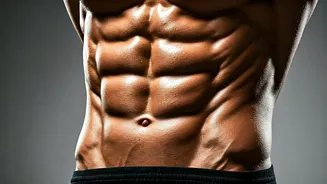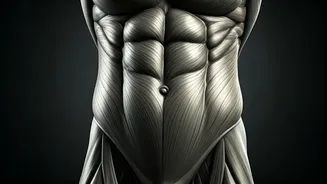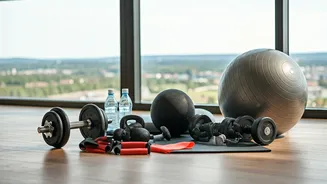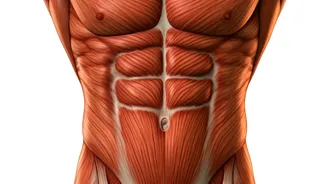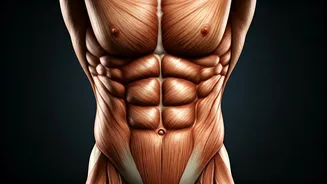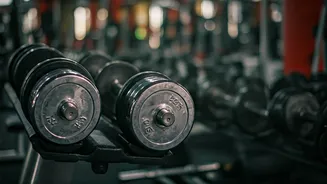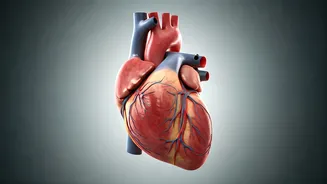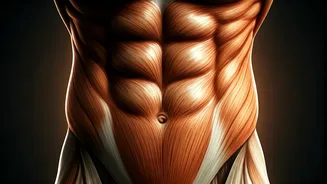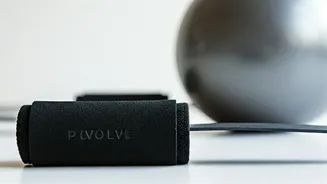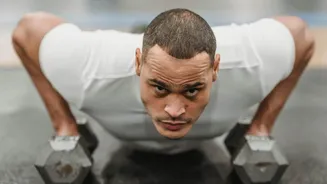The Plank Perfection
The plank is a cornerstone exercise for core strength, engaging multiple muscle groups simultaneously. To perform a proper plank, begin in a push-up position,
but instead of resting on your hands, support your body weight on your forearms. Your elbows should be directly beneath your shoulders, and your body should form a straight line from head to heels. Engage your core by drawing your belly button towards your spine, and avoid sagging your hips or arching your back. Hold this position, focusing on maintaining the alignment of your body. Start by holding the plank for 30 seconds and gradually increase the duration as your strength improves. Remember to breathe steadily throughout the exercise. Modifications, such as planking on your knees, are available for beginners to gradually build strength before attempting a full plank. This exercise targets the rectus abdominis, the transverse abdominis, and the obliques, contributing to a stable and strong core.
Crunches: Classic Core
Crunches, a well-known exercise, remain valuable for strengthening the abdominal muscles. To perform a crunch effectively, lie on your back with your knees bent and feet flat on the floor. Place your hands lightly behind your head, supporting your neck without pulling on it. Engage your core muscles, lift your shoulder blades off the floor, curling your upper body towards your knees, and exhale as you lift. Lower your body slowly back down, inhaling as you return to the starting position. It's crucial to maintain control throughout the movement and avoid using momentum. Concentrate on the contraction in your abdominal muscles. Beginners can start with sets of 10-15 crunches, gradually increasing the number as they gain strength. Crunches primarily target the rectus abdominis, promoting core definition, and can be modified to include variations like reverse crunches and bicycle crunches for greater engagement.
Russian Twists: Oblique Power
Russian twists effectively target the obliques, contributing to a well-rounded core workout. To perform this exercise, sit on the floor with your knees bent and feet slightly off the ground. Lean back slightly, maintaining a straight back, engaging your core to stabilize your torso. Hold a weight (like a dumbbell or medicine ball) or simply clasp your hands together in front of your chest. Twist your torso from side to side, touching the weight or your hands to the floor on each side. Keep your back straight, and control the movement, avoiding jerky motions. The degree of twist depends on your fitness level, so it is important to start slowly and gradually increase the range of motion. For beginners, it's possible to keep your feet flat on the floor to maintain stability; more advanced users can lift their feet for enhanced engagement. This exercise is beneficial for strengthening the obliques and improving rotational stability, which is important for everyday life and sports.
Leg Raises: Lower Abs
Leg raises concentrate on the lower abdominal muscles, often a challenge to target. To begin, lie on your back with your legs extended, or bent at the knees, depending on your fitness level. Keep your hands at your sides or under your hips for support. Engage your core and lift your legs toward the ceiling, keeping them straight if possible, or bending at the knees if that is more comfortable. Avoid swinging your legs or using momentum; the movement should come from your core. Slowly lower your legs back down, maintaining control. Ensure your lower back remains pressed against the floor throughout the exercise to prevent strain. Beginners can start with partial leg raises, lowering their legs only a few inches at a time, to build strength. This exercise directly strengthens the lower abdominals and contributes to improved core stability. Make sure to breathe throughout the movement, exhaling as you lift your legs, and inhaling as you lower them.
Bicycle Crunches: Dynamic Core
Bicycle crunches blend upper and lower body movements for a comprehensive core workout. Start by lying on your back with your hands behind your head, and your knees bent. Lift your shoulder blades off the floor, engaging your core muscles. Bring your right elbow toward your left knee while extending your right leg straight. Then, switch sides, bringing your left elbow toward your right knee and extending your left leg. Alternate between sides in a pedaling motion, maintaining a controlled, rhythmic pace. Focus on engaging your obliques and rotating your torso. Avoid pulling on your neck. This exercise provides a dynamic workout that combines elements of crunches and oblique exercises, strengthening the rectus abdominis, obliques, and lower abdominal muscles. Beginners should focus on maintaining proper form. Over time, you can increase the speed and repetitions as you improve your core strength.
